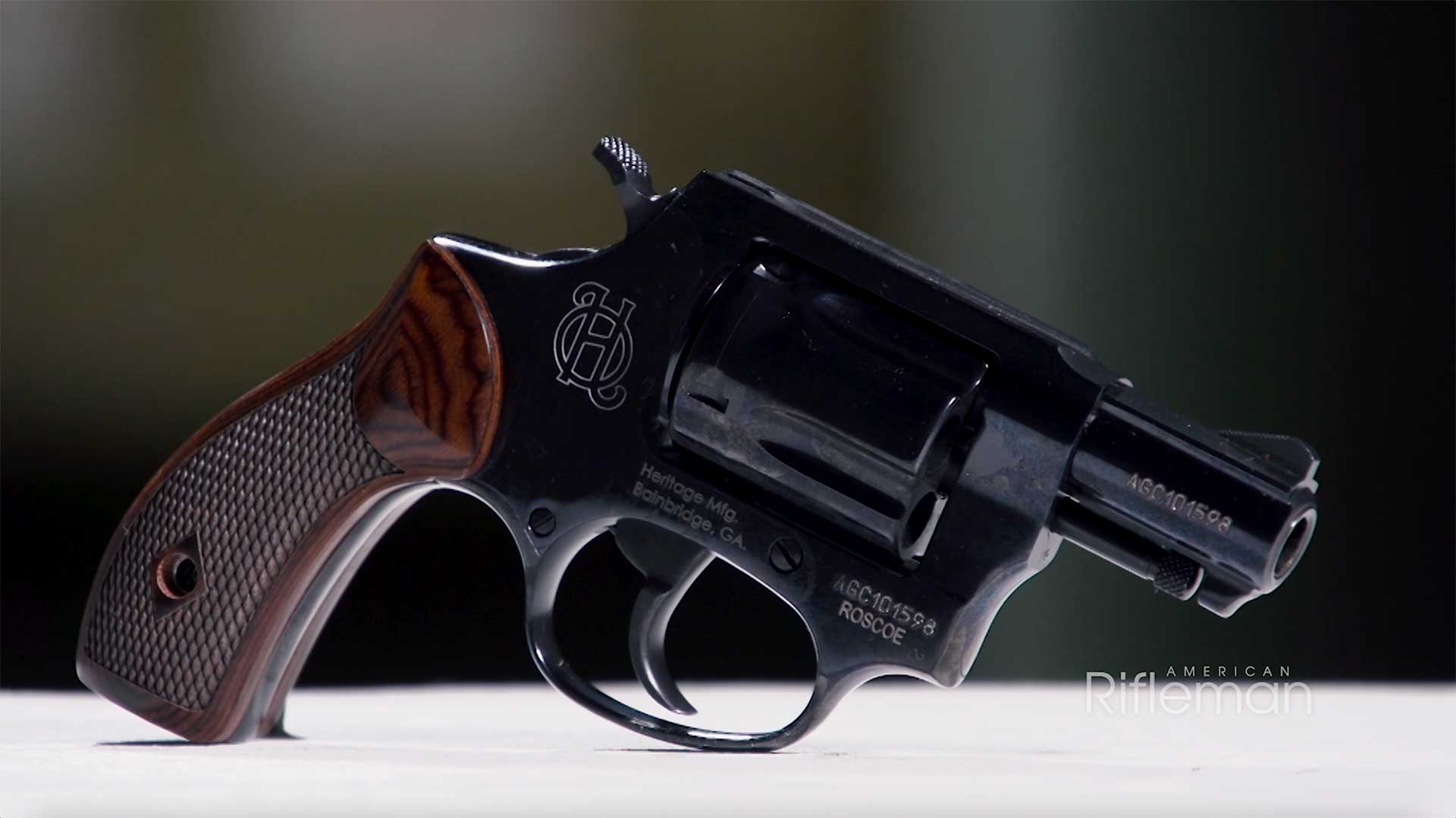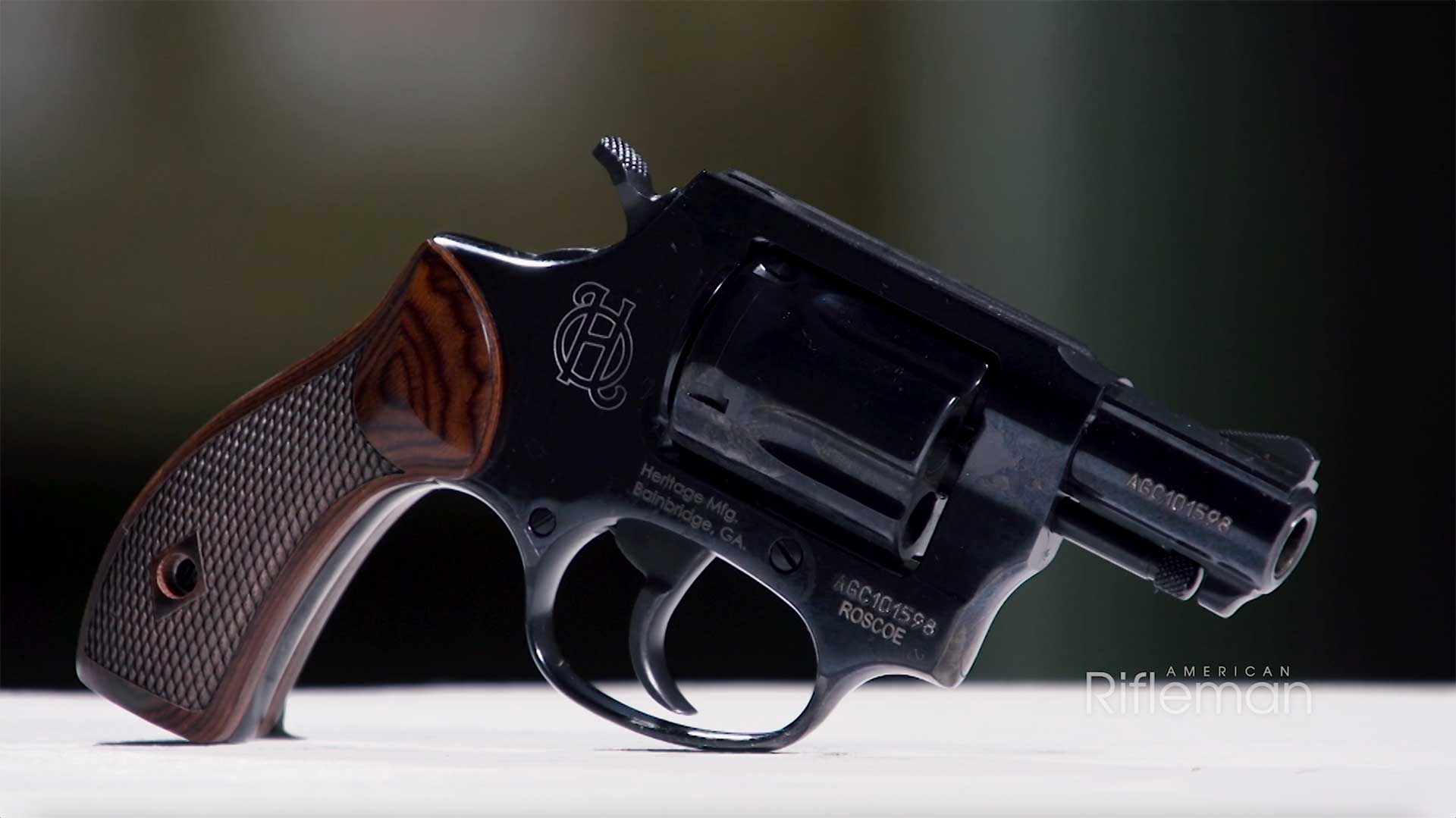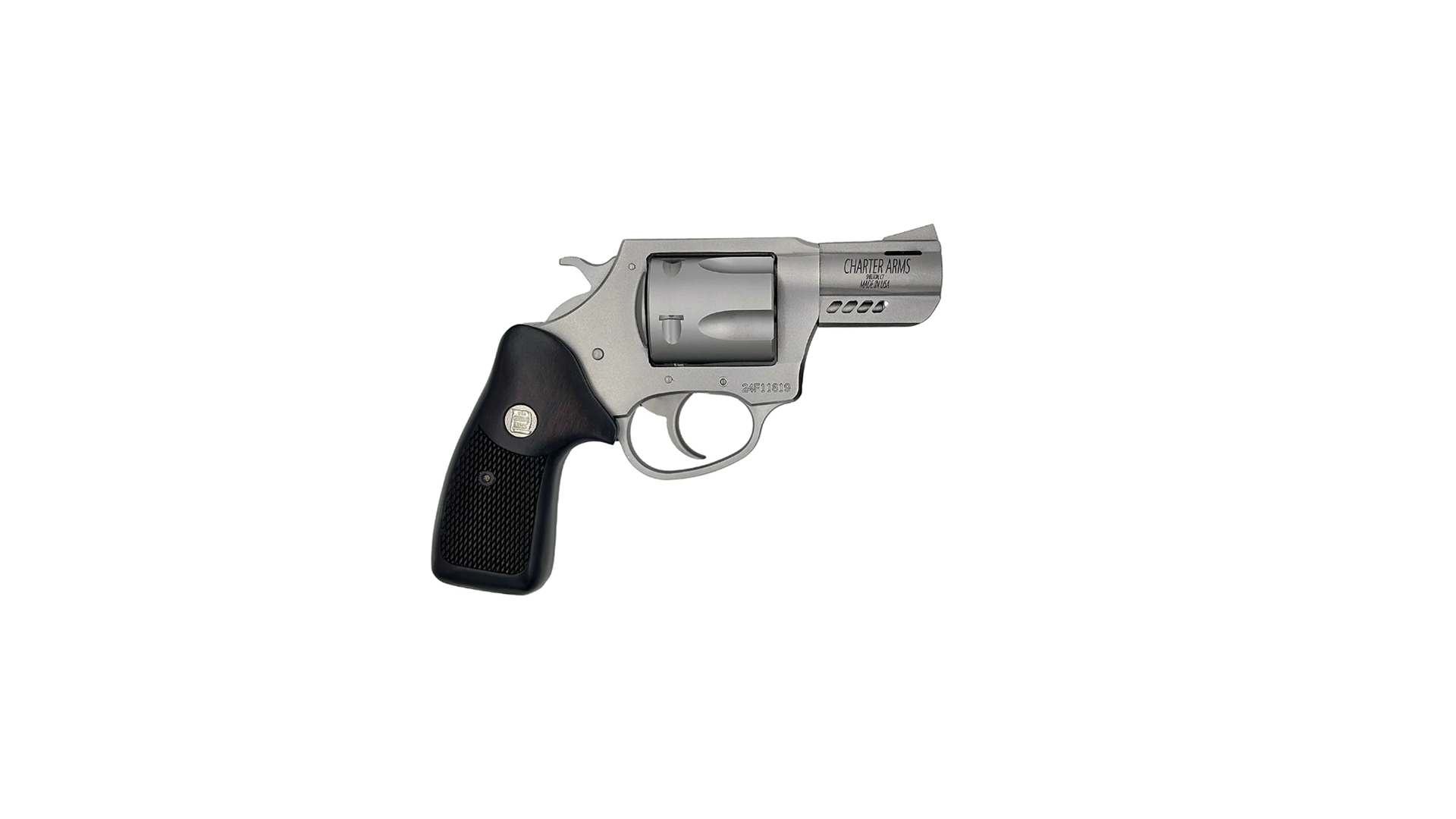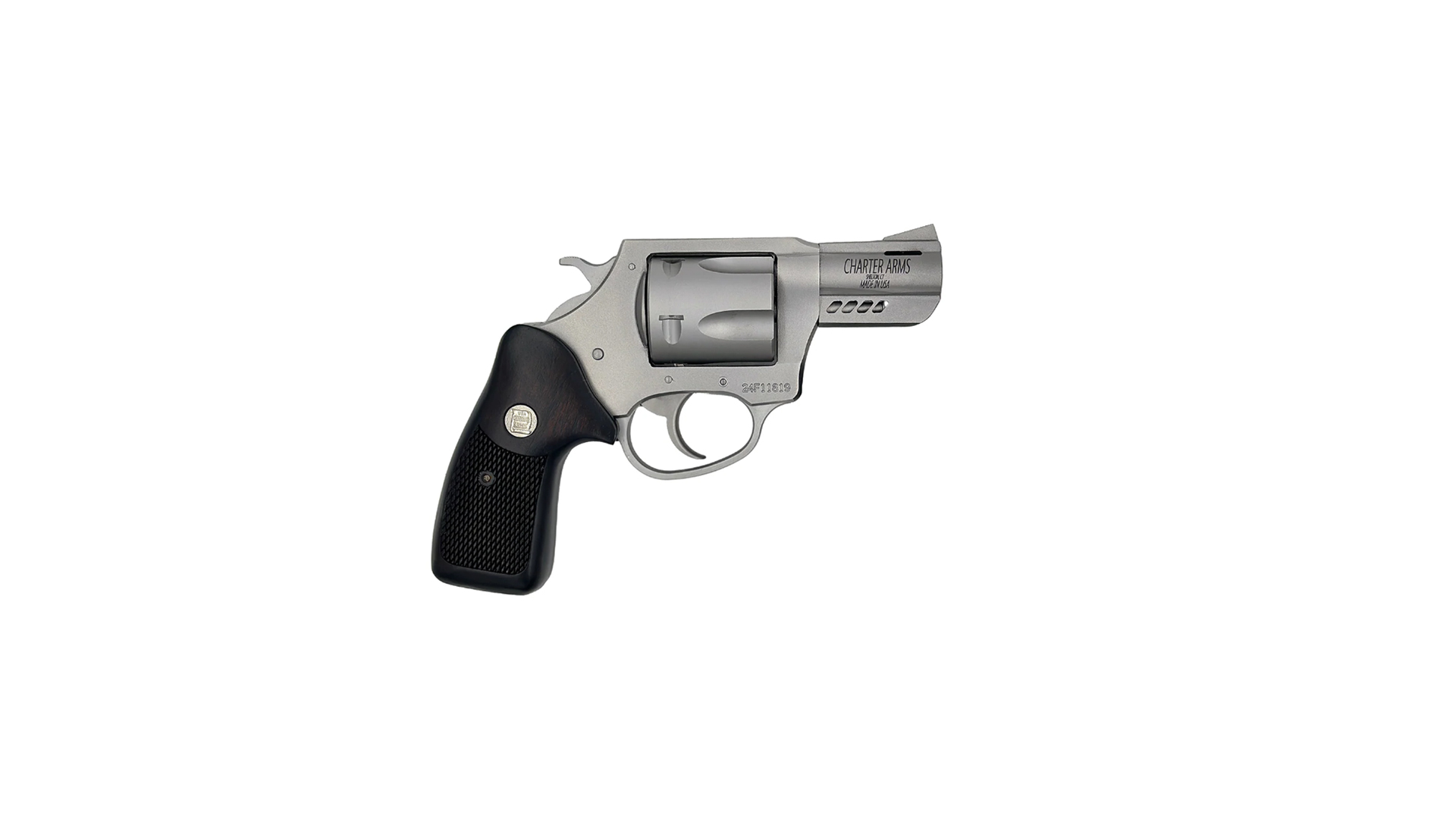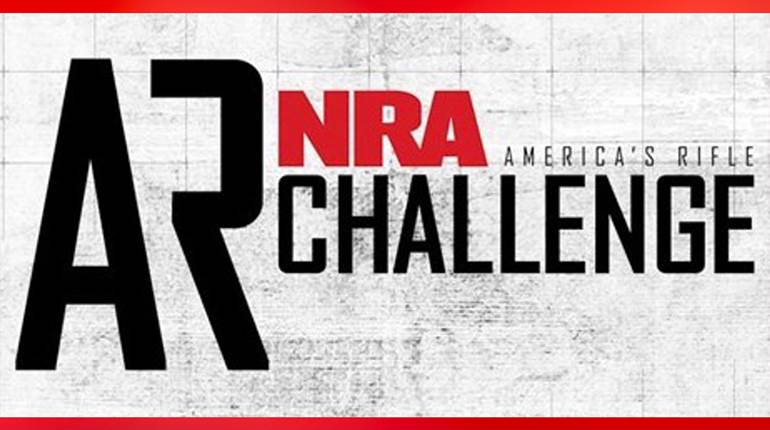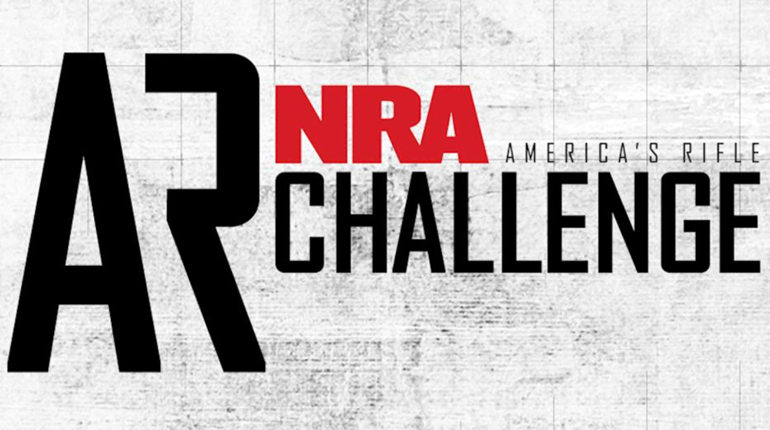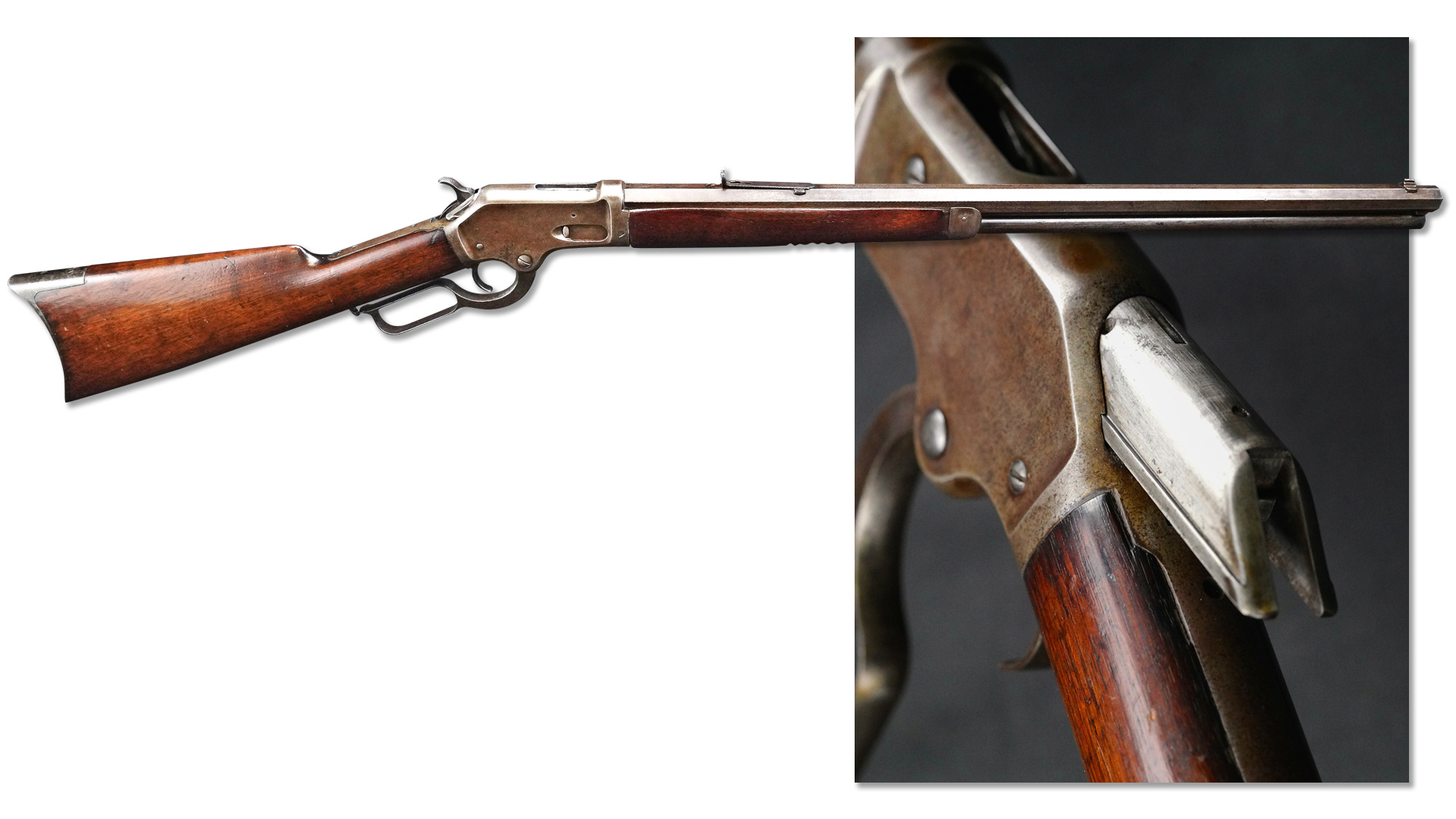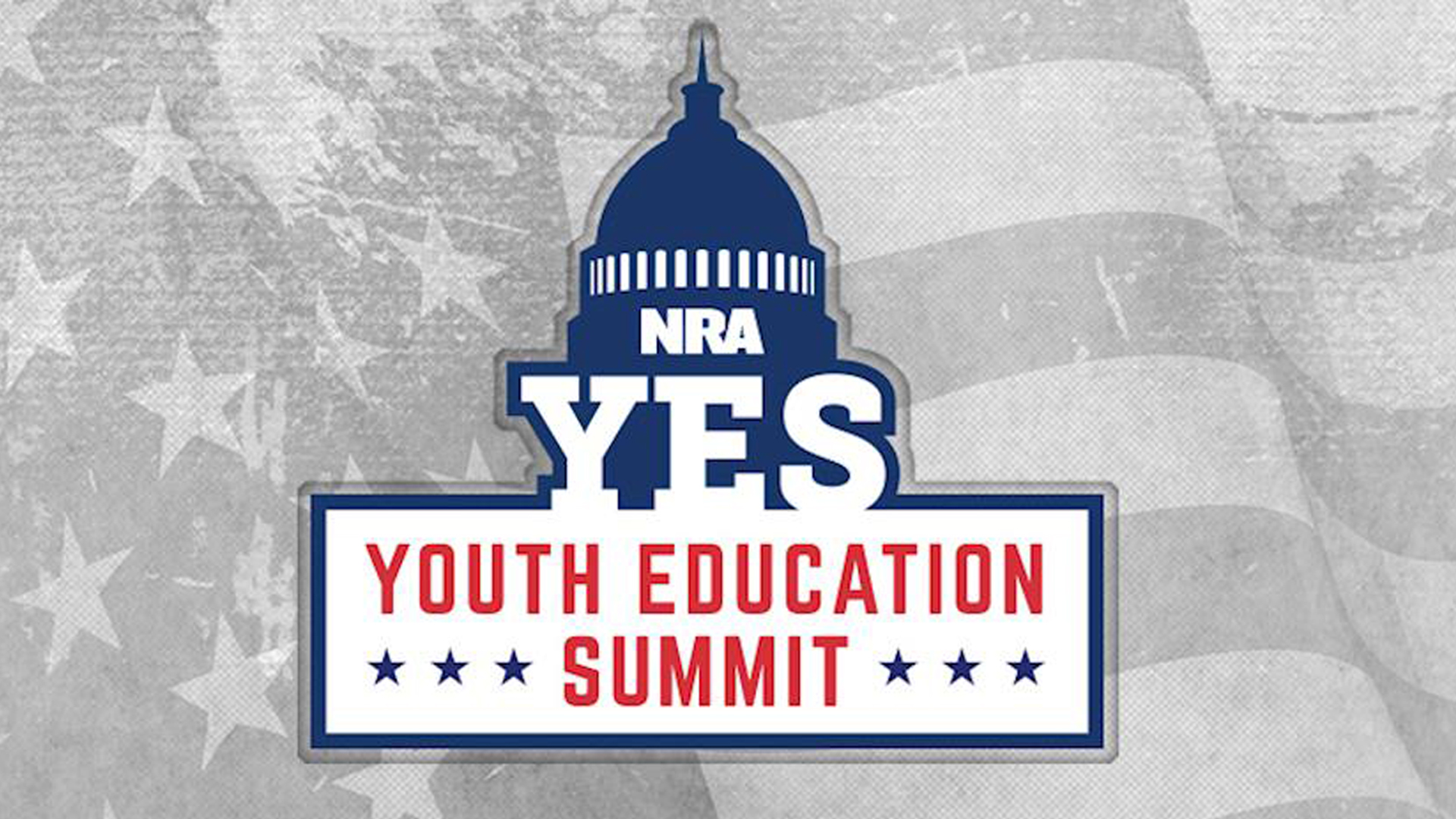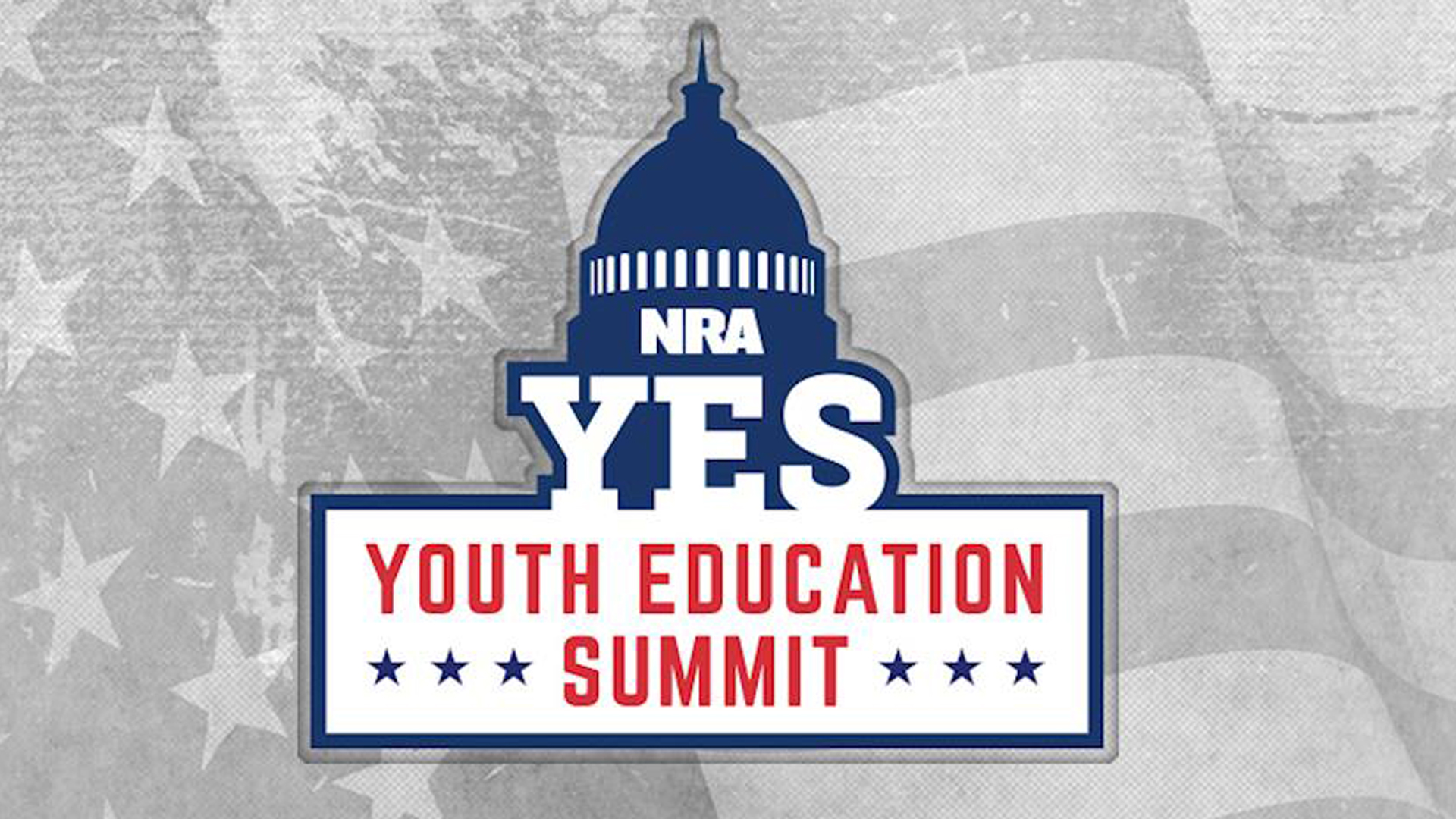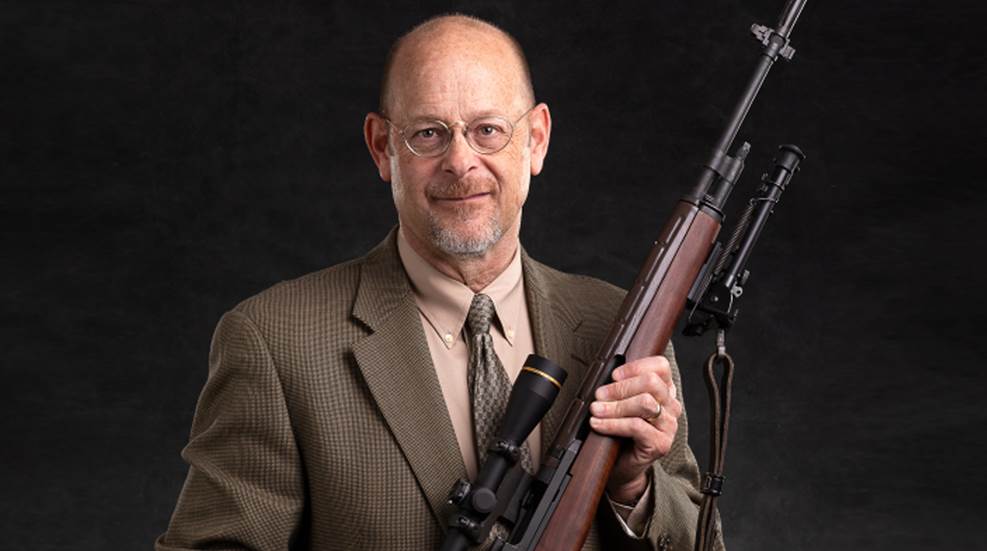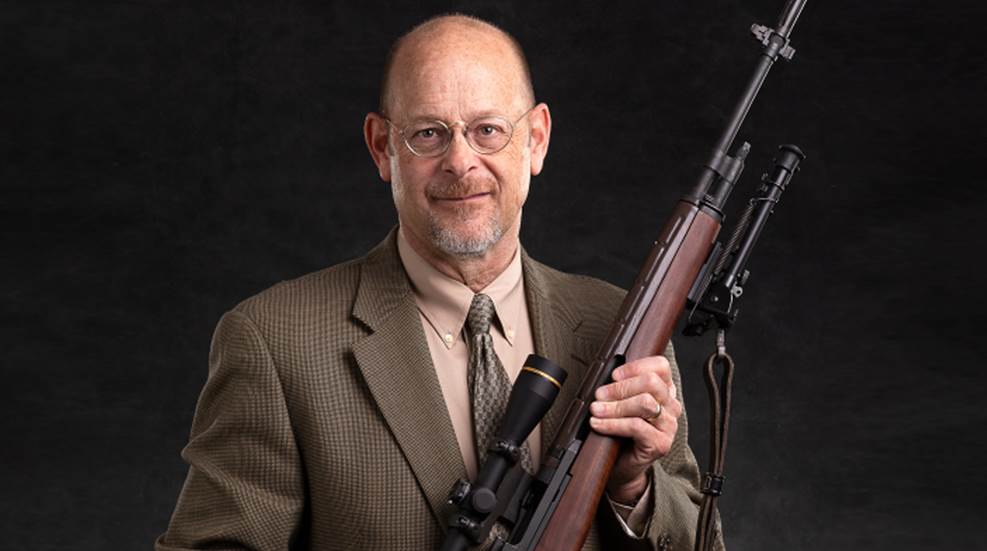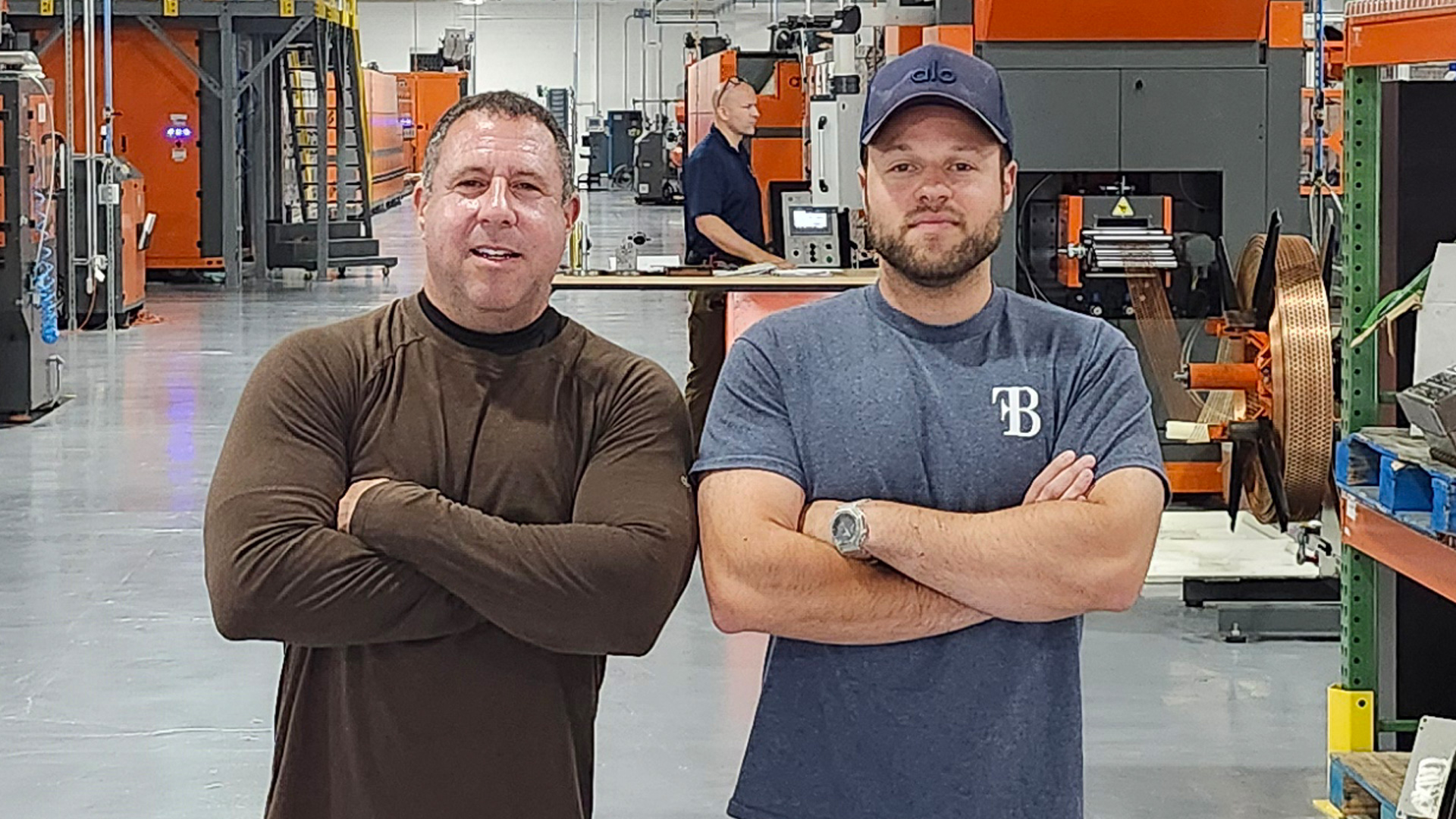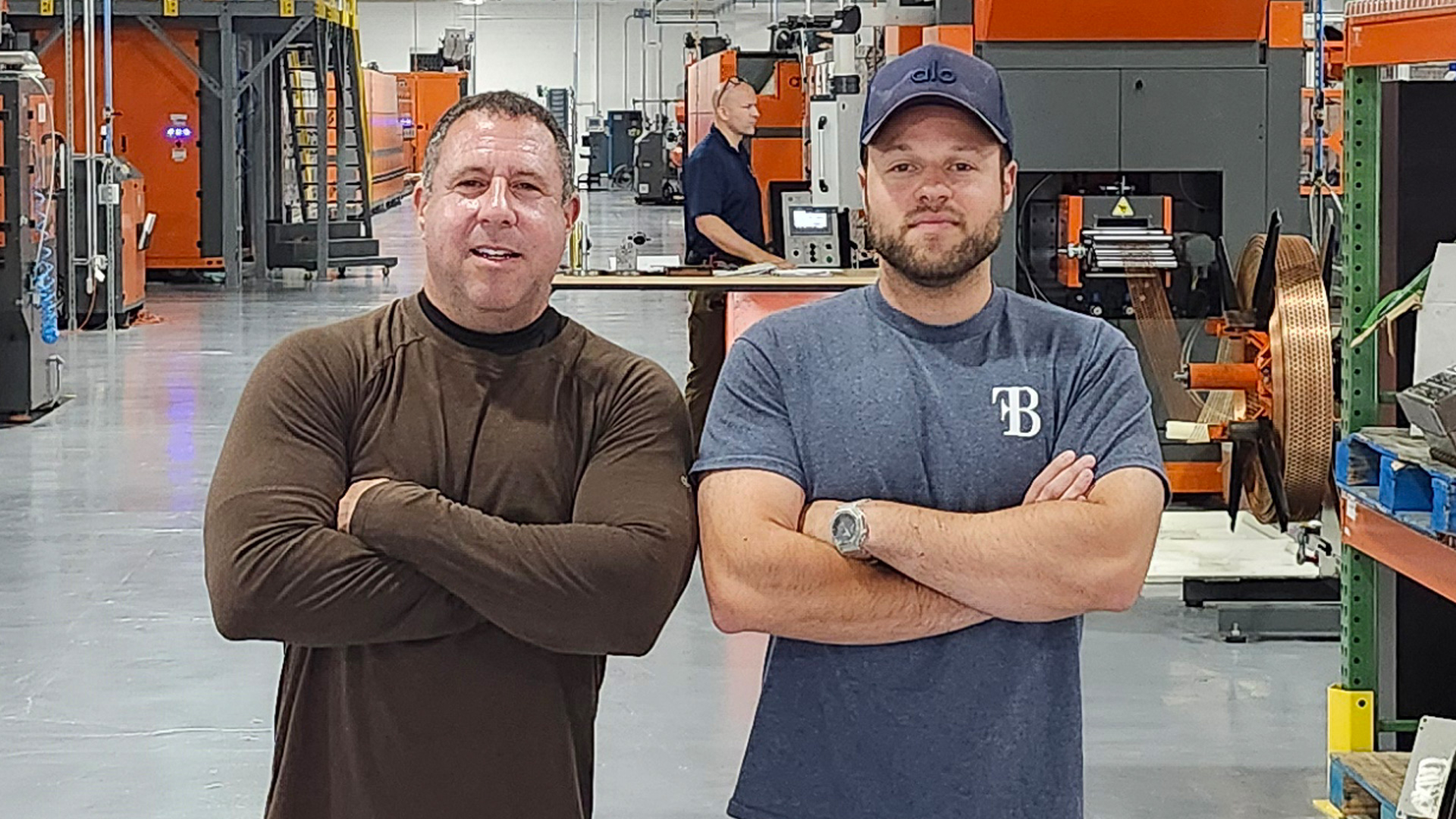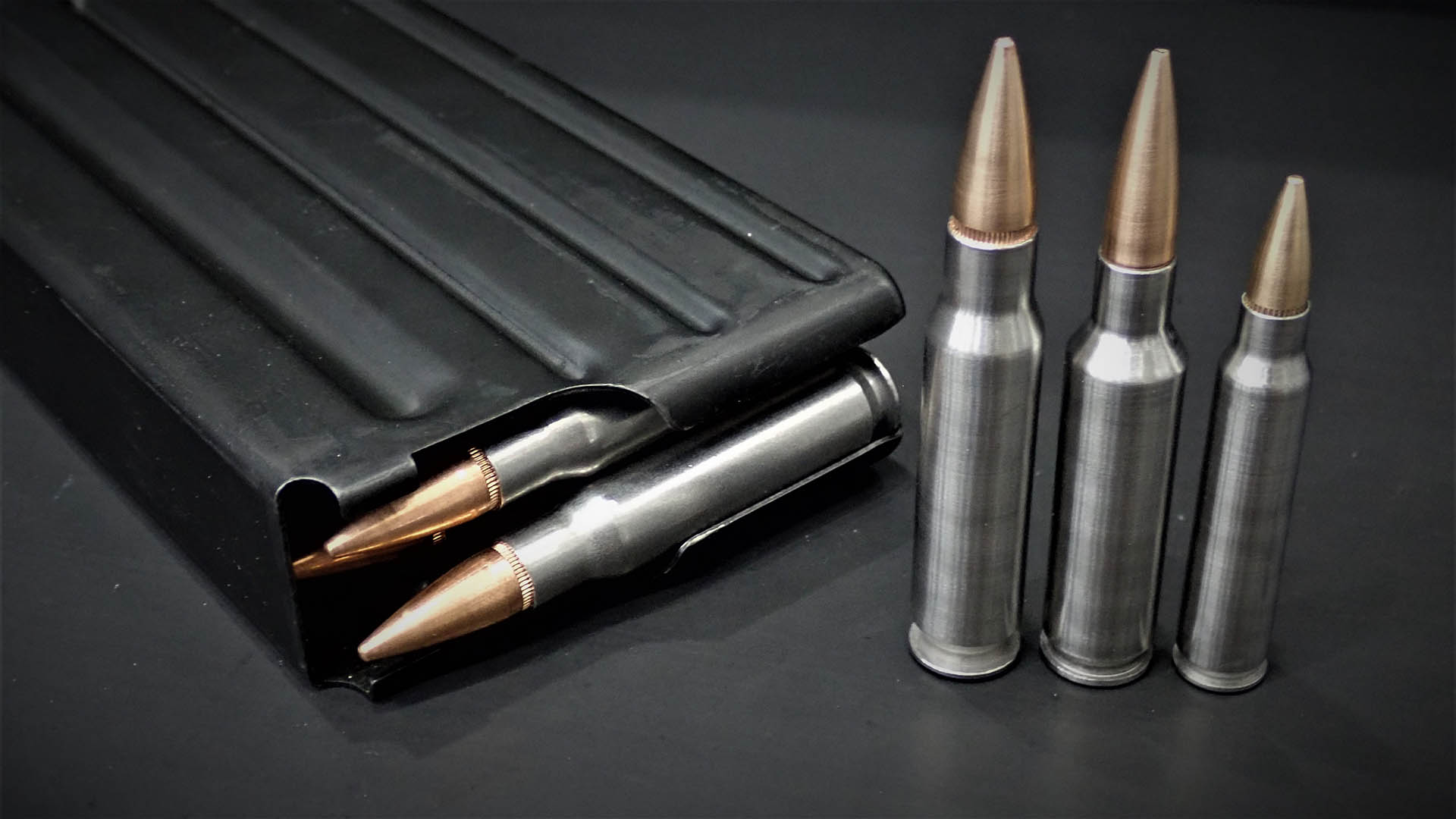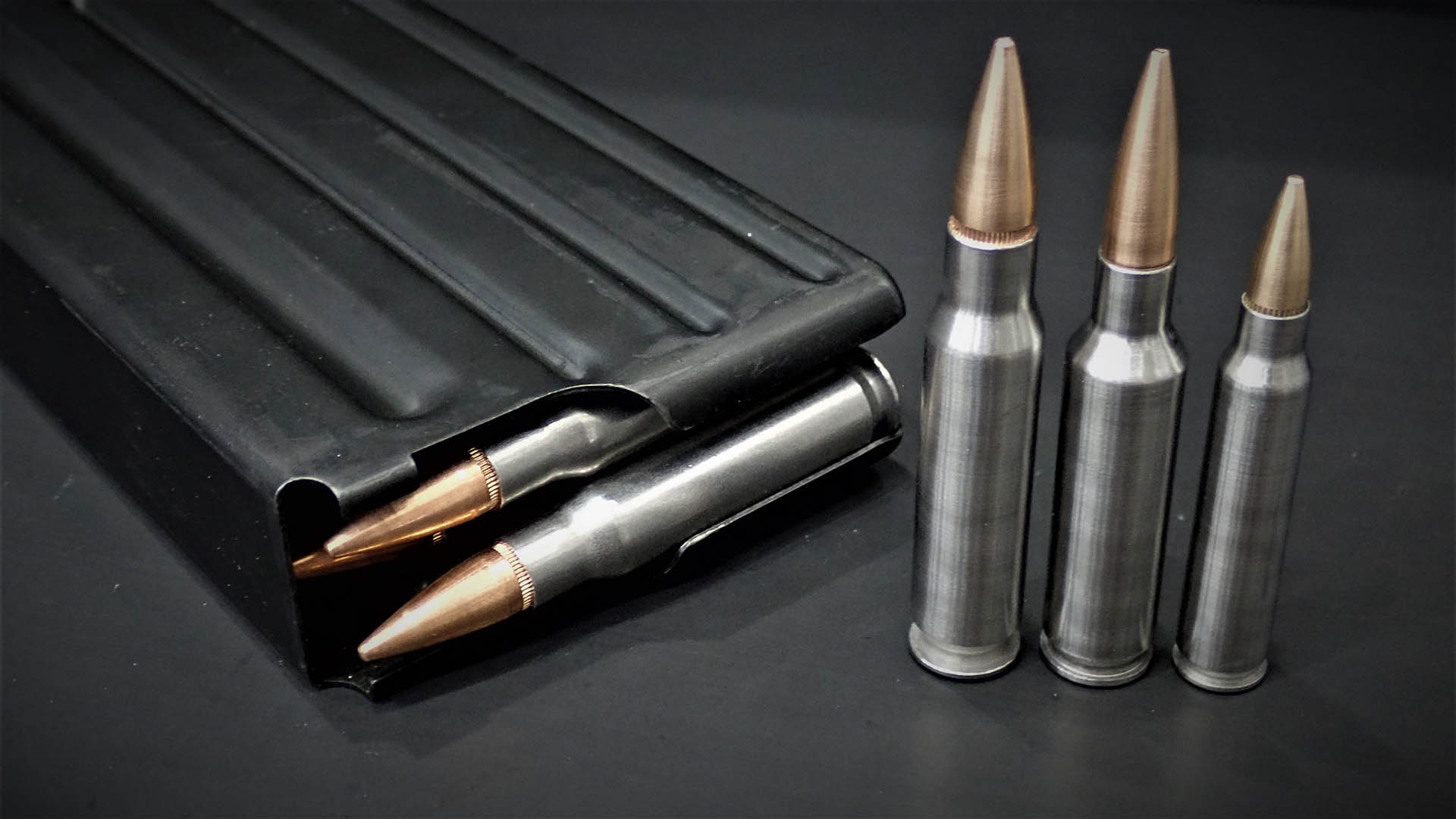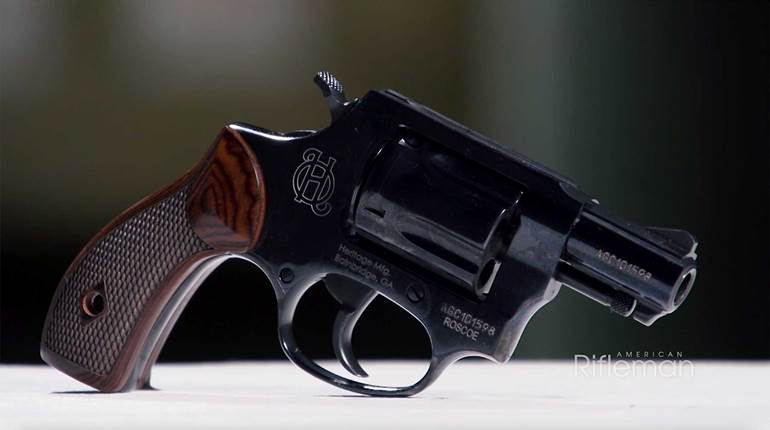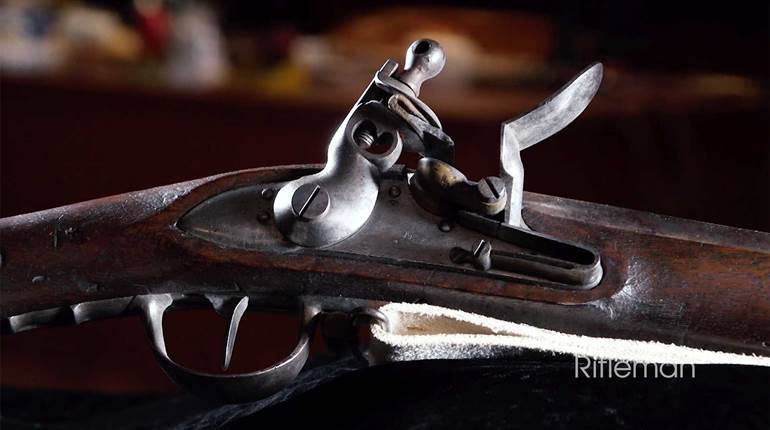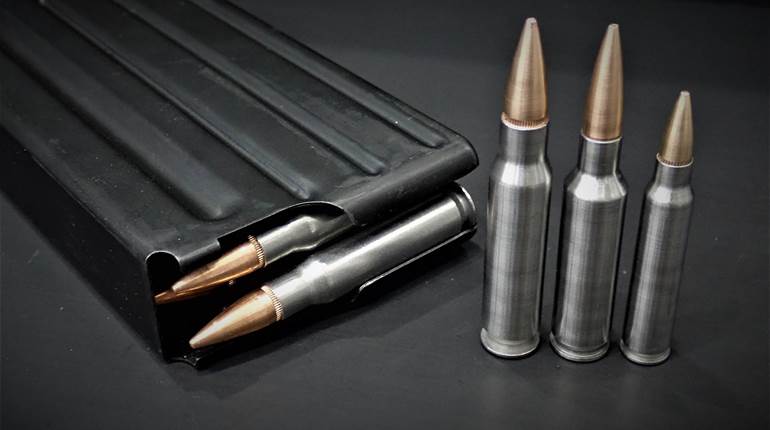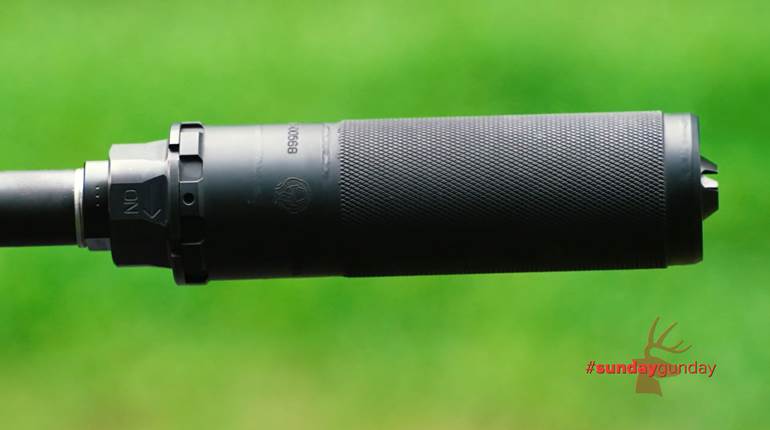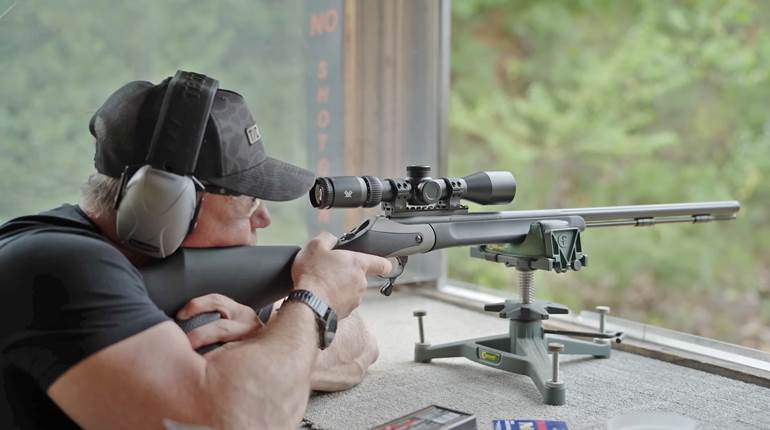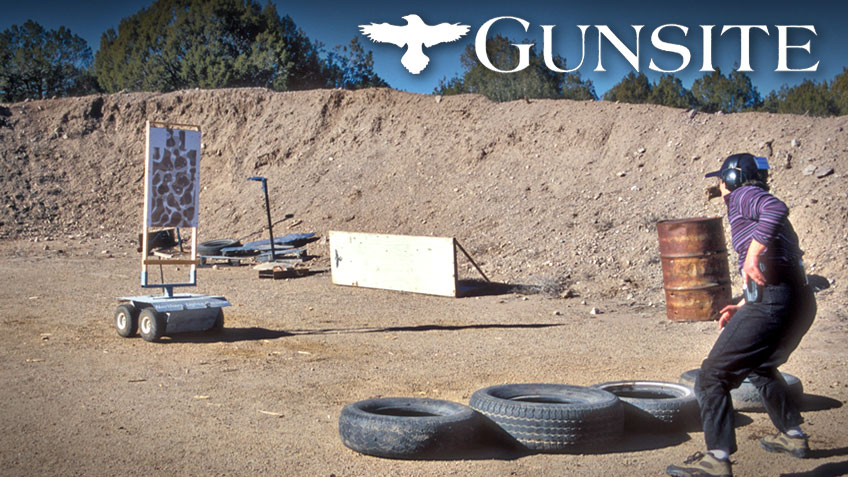

Today, Gunsite’s campus has grown to include 20 ranges on 2,800 acres of land, and the course offerings have expanded exponentially.
There has been quite a bit of special activity at the Gunsite Academy, near Paulden, Ariz., this year. Gunsite has been celebrating its 40th year of service to American gun owners. The academy was established in 1976 as the American Pistol Institute on property owned by Jeff and Janelle Cooper, with the land, itself, being called Gunsite. Now called The Gunsite Academy, it is the oldest defensive academy in the world that is open to private citizens and is the living legacy of Col. Jeff Cooper.
John Dean “Jeff” Cooper was born in Los Angeles, Calif., in 1920. An avid hunter and student of firearms, Cooper was commissioned in the U.S. Marine Corps in 1941. He served throughout World War II and resigned his active commission in 1949. However, with the coming of the Korean Conflict, Cooper went back on active duty and participated in what has been described as irregular warfare.
During his Marine Corps service, Cooper was stationed for a time in the Washington, D.C., area and had the opportunity to do some pistol shooting on the FBI range. Shooting against agents using revolvers and the point-shooting technique, he began to realize that there had to be a better, more effective way to utilize the handgun in self-defense.
A bit later, in his home state of California, Cooper helped put on a shooting exhibition during the tourist season at Big Bear Lake. To accomplish this he called on a number of friends who were accomplished pistol shooters, among them were Jack Weaver, Eldon Carl, Ray Chapman and Thell Reed. These men, and others, became the nucleus of the Southwest Combat Pistol League, with a focus on developing quicker and more accurate ways to deploy the defensive handgun.
Being a life-long student of firearms, Cooper not only tried different shooting methods to see what worked best, he also studied the techniques of others and began to incorporate these winning skills into a body of work that could be taught to students.
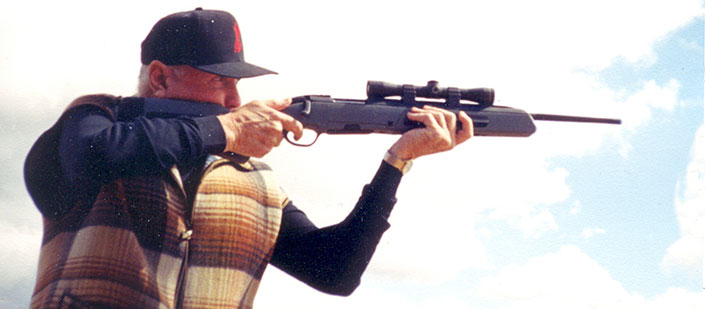
To fully appreciate the contributions of Jeff Cooper, it is important to understand that, during this time, the double-action revolver was the king of personal-defense tools. And point shooting—by simply pointing the gun instead of using the sights—was a basic part of the culture. Cooper took the lead in advocating the big-bore semi-automatic pistol as a better defensive tool, and developed a method of quickly acquiring the sight picture for more accurate shot delivery.
Cooper’s study and development in the area of the defensive handgun came to be called the “Modern Technique of the Pistol.” In addition to the use of a big-bore handgun, this discipline also incorporated the Weaver stance, an improved draw stroke, the flash sight picture, the surprise trigger break and the “Combat Color Code.”
The Weaver stance incorporates a balanced body position, similar to one that might be used in athletic events. The pistol is gripped in two hands, and an isometric push-pull is applied to stabilize the handgun. This allows the shooter to manage the pistol’s recoil more effectively and allows him to get back on target for subsequent shots very rapidly. Jeff Cooper named the stance after Deputy Sheriff Jack Weaver, who first used it to take a lot of the trophies in those early Big Bear shooting events.
Jeff Cooper also modified the draw stroke so that the pistol could be drawn smoothly, quickly and efficiently. He broke the draw stroke down into five steps in order to make the technique easier to teach and easier for the student to understand. Instead of working for speed, Cooper suggested that the student should work for smoothness, avoiding any wasted motion, and that speed would come with perfecting the proper technique.
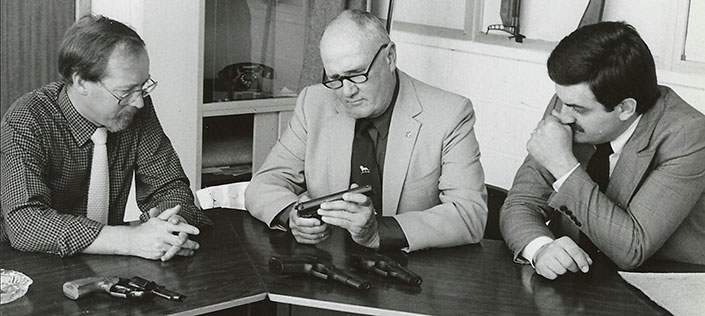
The term, “Front Sight–Press,” is also attributed to Col. Cooper. He developed a method for quickly acquiring the sights, even in a close-range encounter, and suggested that a continual press on the trigger would allow the gun to fire without the shooter anticipating that action. In a close-range encounter, it is even possible to virtually ignore the pistol’s rear sight and just get the front sight onto the vital zone of the target. The gradual trigger press prevents the shooter from flinching in anticipation of the shot.
Jeff Cooper also popularized the Combat Color Code system of defensive awareness. It refers to the shooter’s mindset based upon what he observes to be going on around him. In White, the person is totally oblivious to anything around him, a condition to be avoided. In Yellow, the person understands that bad things can happen, and he is in a state of relaxed awareness. Orange indicates that the person is aware of a possible threat and understands that he might have to take action. In Red, the person realizes that there is an actual threat and will take action if the threat is carried out.
As a hunter, Jeff Cooper also began to develop ideas for what he came to call the Scout rifle. This would be a short, handy, center-fire rifle that was capable of taking game and equally capable of use in personal defense. He had several rifles built by custom rifle makers before convincing Steyr to produce a commercial version. Since Cooper’s death, several other companies have produced versions of the Scout rifle concept, including Ruger, Mossberg and Savage. In fact, Scout rifles are probably more popular today than ever before.
In 1976, Jeff Cooper, who had been teaching school in California, decided to make the big leap and start his shooting school. Supported by his wife, Janelle, somewhat fewer than 200 acres were purchased in Arizona near the town of Paulden. In the years to come, more land was acquired, more shooting ranges built and the Coopers’ residence was added to the property. As classes at Gunsite grew and public interest increased, Cooper expanded his teaching to include courses in the battle rifle, the defensive shotgun and the hunting rifle. In one of the advanced rifle classes, students used their rifles to shoot clay birds that were thrown from a mechanical trap very much like the popular shotgun event.
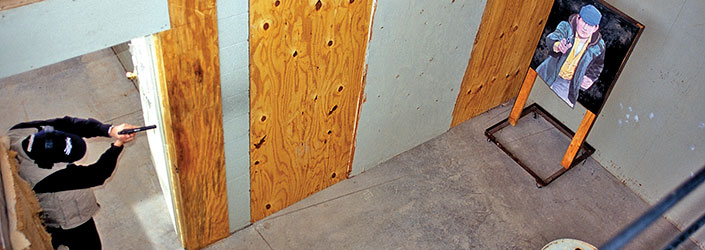
Colonel Cooper not only taught at Gunsite, he also traveled around the country teaching classes and holding seminars. He helped spearhead the Int’l Practical Shooting Confederation (IPSC), and served as its first chairman. Cooper also traveled to several foreign countries, especially Mexico, along with others in South America, to teach and consult on security matters. One may also be assured that gunfighting was not a hypothetical proposition for the good colonel. In the vernacular of the Old West, Jeff Cooper had “seen the elephant” on more than one occasion.
In the midst of this busy life, Jeff Cooper also found time to do quite a bit of writing. In addition to an impressive number of books, Cooper was a regular contributor to Guns & Ammo magazine. What is not commonly known is that Cooper’s early infatuation with sports cars landed him his first job with magazine mogul Robert Petersen, writing for his automotive magazines. It was only later that Petersen asked Cooper to begin writing for Guns & Ammo. Jeff Cooper also served as a director of the National Rifle Association for many years.
While the spirit was never broken, the body eventually gave out. Colonel Jeff Cooper died in 2006 and is buried in a crypt on his beloved Gunsite. His widow, Janelle—a lovely person, by the way—still lives in the original family residence and maintains Cooper’s extensive library and gun room. The high point of most Gunsite classes is for the students to be invited to the Cooper home for cookies, iced tea and the chance to visit the gun room and see the colonel’s hunting trophies.
Gunsite was purchased by Buz Mills in 1999. Mills dedicated his ownership to the idea of continuing to teach the principles that Jeff Cooper established. In fact, Cooper taught classes under Mills’ ownership until his health would no longer allow it.
Today, the Gunsite Academy consists of 2,800 acres of deeded and leased land. It has 20 shooting ranges and currently employs some 60 instructors. Ken Campbell, Gunsite’s chief operations officer, reports that student enrollment runs from 1,500 to 2,000 students annually.
In addition to conventional shooting ranges, Gunsite has several buildings that are built to allow live fire and create realistic scenarios to enhance training. The student can take what he has learned in the classroom and on the square range and apply it to realistic challenges. The student learns not only to shoot accurately, but to negotiate doorways and rooms crowded with furniture, to use cover and to deal with targets that may or may not be a threat.
Several dry washes on the Gunsite property are designed for the student to engage targets while negotiating outdoor terrain. Just as in the indoor simulators, the student must make use of cover, identify and deal with various targets, and manage his firearm.
One of the most interesting classes is a fairly recent addition to the Gunsite curriculum called “Team Tactics For Two.” Designed for couples, it teaches students how to work together as a team and to protect and support each other. This class ends with force-on-force training using Simunitions against real, live individuals playing the role of bad guys. Also fairly new and popular are classes in first aid for gunshot wounds and other serious trauma encountered in the field, as well as youth classes that help get kids headed in the right direction for the shooting sports.
In keeping with the hunting classes that Col. Cooper started, Gunsite’s No. 270 class is designed to improve the student’s skills with the hunting rifle. About the only time students shoot from the bench is when checking the initial zero of their rifle on the first day. The rest of the class involves learning to shoot from realistic field positions, proper use of the rifle sling, and loading and managing the rifle in the field. This class ends with the opportunity to take the Hunter’s Walk through the woods, engaging 3D animal targets at various unknown ranges.
Gunsite has also continued the practice of offering private tutorials to individuals and small groups. These tutorials are designed to meet the individual’s needs, whatever those might be. Some students like the private tutorials because they are physically challenged in some way and need virtually one-on-one instruction to perfect their defensive skills.
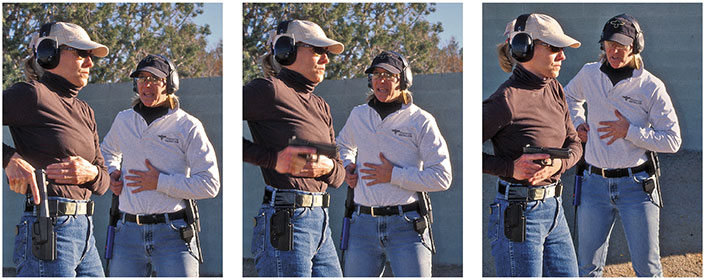
Many hunters use the tutorials to get ready for a particular hunt. Many of these students are going to Africa for the first time and want to get familiar with their dangerous-game rifle. And, yes, Gunsite also has an African Walk that allows the student to simulate a stalk on three-dimensional African-game targets.
In addition, over the years, many movie actors and personalities have taken advantage of the private tutorials to prepare for movie roles. Gunsite not only assists in these tutorials but makes every effort to protect the individual’s privacy. In fact, they respect the privacy of all of their students.
Within the firearm industry, various companies have learned the value of holding their seminars and introducing new guns and gear at Gunsite. Gunwriters are invited to attend these events and to test the guns, ammunition and gear in realistic scenarios that address the purpose for which the equipment is made.
From virtually the beginning of Gunsite, graduates were welcomed into the Gunsite family. For them, Gunsite becomes a source for continuing education, including advanced classes in rifle, pistol and shotgun, or as a source for information about equipment, guns and ammunition. Each October, Gunsite hosts the Gunsite Alumni Shoot Match for any and all graduates of the academy. This past October it was as much a family reunion as it was a shooting match, with members of Col. Cooper’s first group of students, the initial 1976 class, being present.
Today, it is difficult to discuss defensive firearm training without considering the contributions made by Col. Jeff Cooper. It would be virtually impossible to name all of today’s defensive instructors who got their start at Gunsite or from studying the colonel’s defensive principles. Many instructors, who never attended Gunsite, are teaching skills that were developed by Cooper, and these instructors may not even know that. Sadly, a few even take the colonel’s teaching, change it up a bit, give it a new name and claim it as their own.
 But Gunsite Academy doesn’t live in the past. The defensive methods that the instructors teach have stood the test of time. They know that they will save lives because they have saved lives and continue to do so. Law enforcement officers and soldiers, as well as regular American citizens, owe their lives to the classes that they have taken at Gunsite. It has been said that Gunsite doesn’t teach you to shoot as much as it teaches you to fight. And that’s a pretty accurate description.
But Gunsite Academy doesn’t live in the past. The defensive methods that the instructors teach have stood the test of time. They know that they will save lives because they have saved lives and continue to do so. Law enforcement officers and soldiers, as well as regular American citizens, owe their lives to the classes that they have taken at Gunsite. It has been said that Gunsite doesn’t teach you to shoot as much as it teaches you to fight. And that’s a pretty accurate description.
Forty years ago, Jeff and Janelle Cooper had a dream that involved a few acres in the high desert of Arizona and a desire to help folks learn to protect themselves and their families. Thanks to Buz Mills, Ken Campbell and a dedicated staff of instructors, that dream continues to this day and is, in fact, a reality. For Jeff and Janelle Cooper, the dream became a legacy.
For more information, contact: Gunsite Academy, Inc. (Dept. AR), 2900 W. Gunsite Road, Paulden, AZ 86334; (928) 636-4565; gunsite.com.
